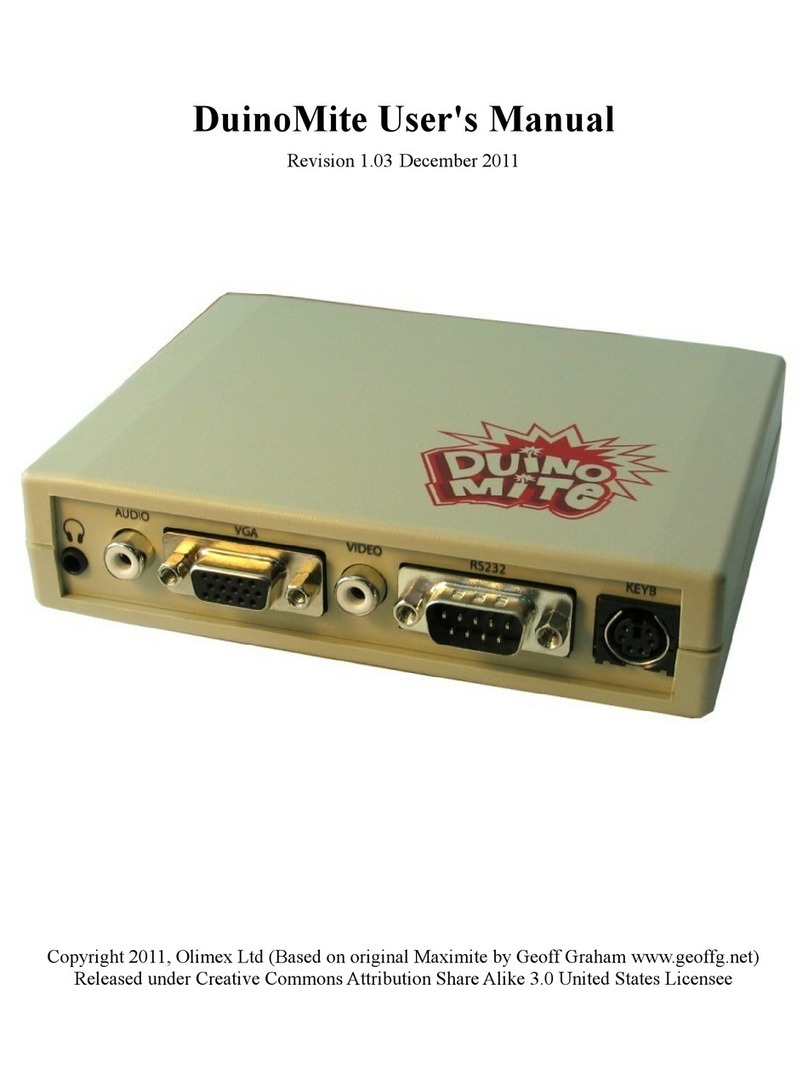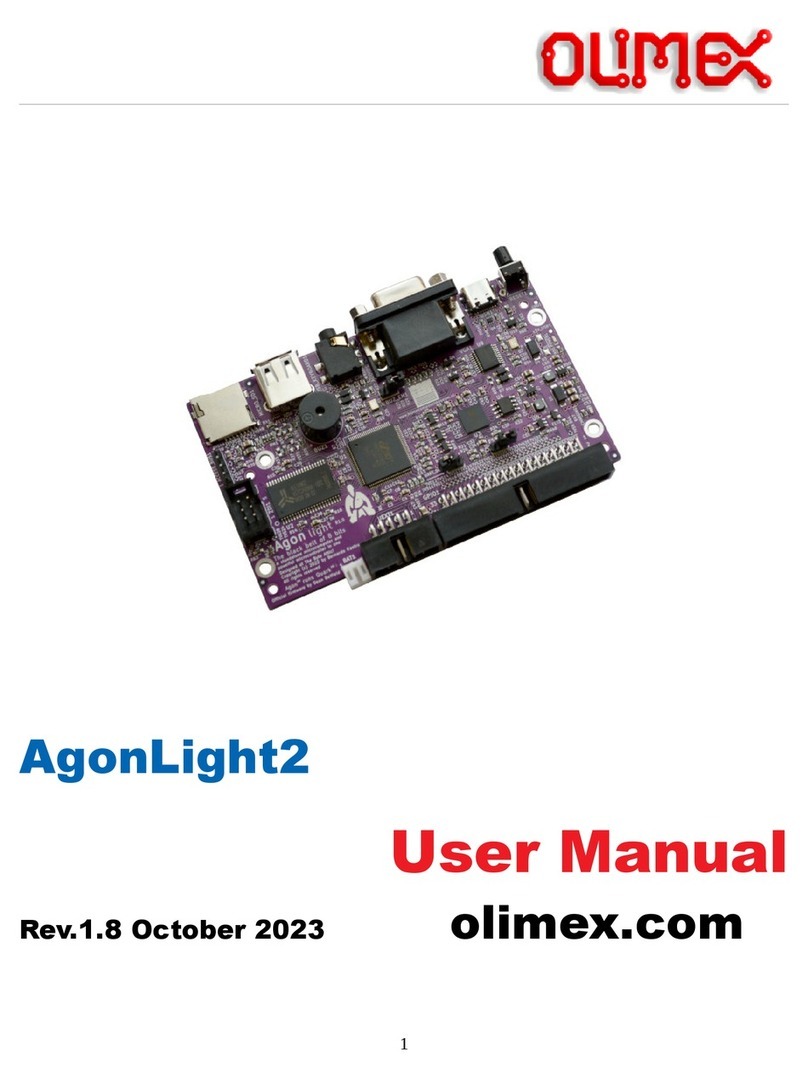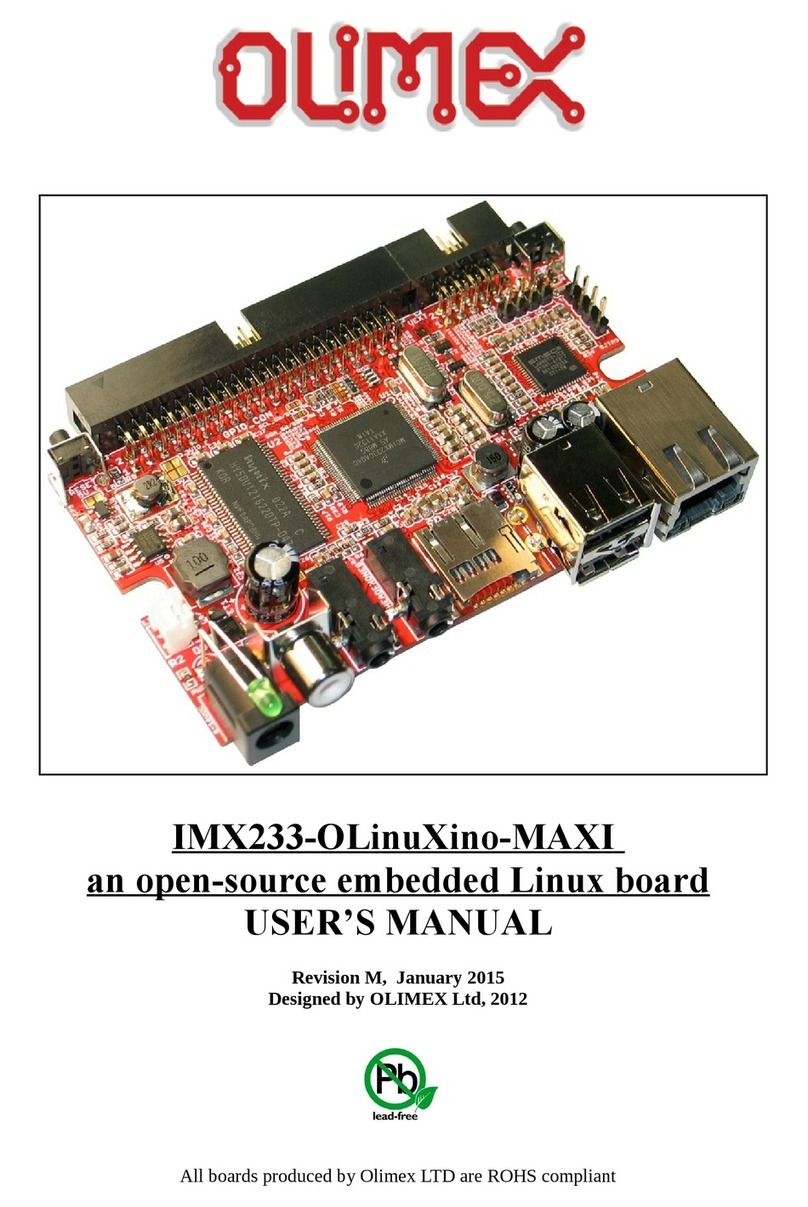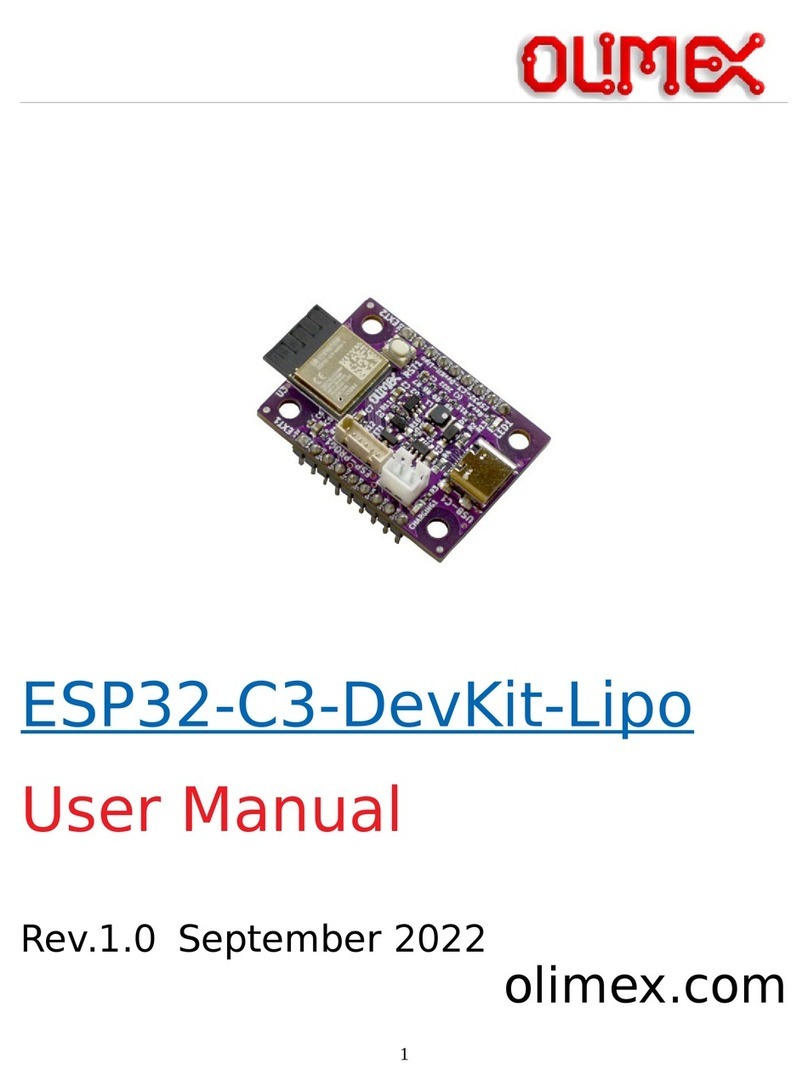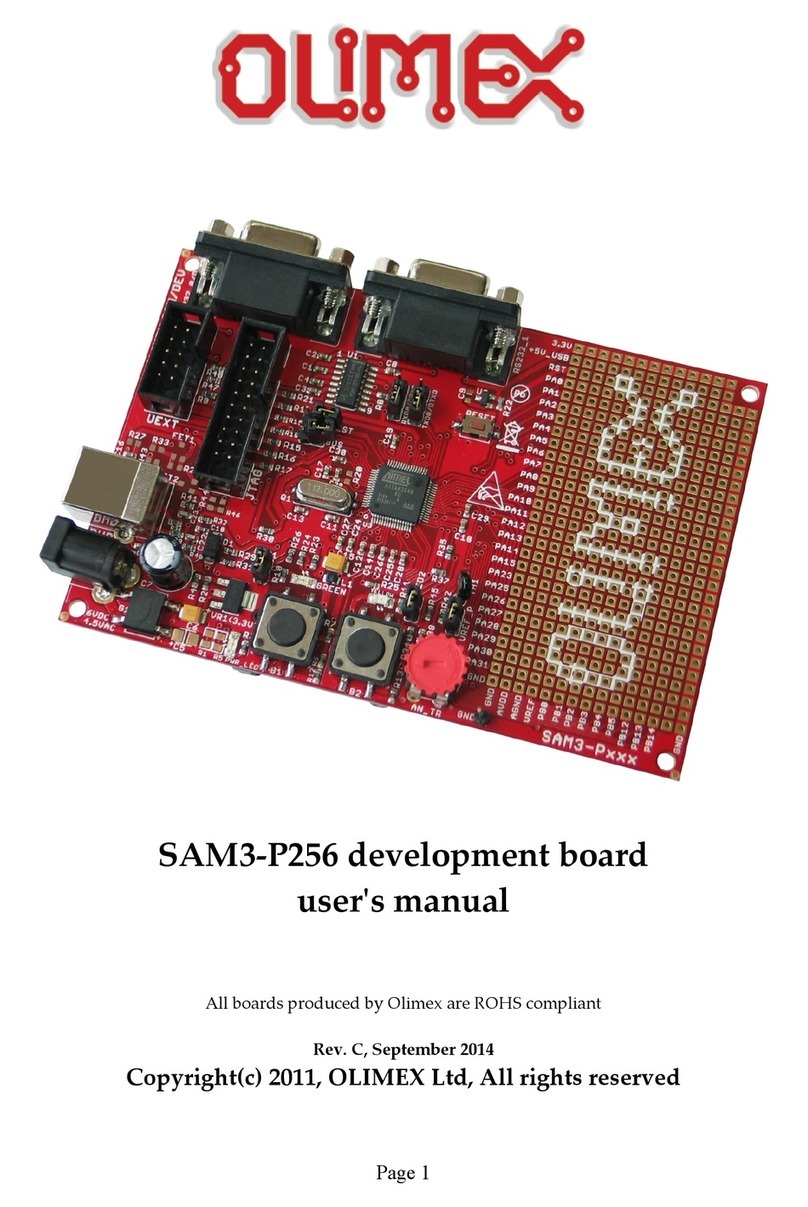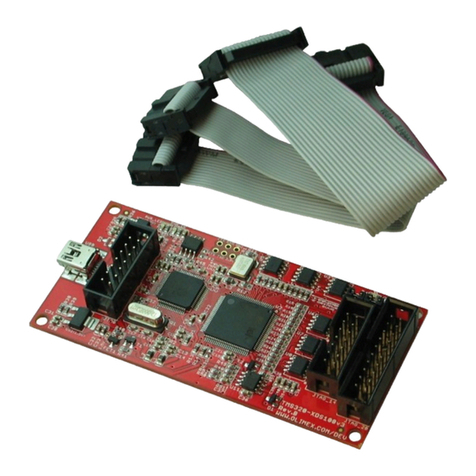Table of Contents
INTRODUCTION...............................................................................................................................................3
What is ESP32-C6-EVB?...............................................................................................................................3
ESP32-C6-EVB board eatures......................................................................................................................4
Order codes and links or ESP32-C6-EVB and accessories:..........................................................................5
ESP32-C6 re erence documents:....................................................................................................................6
HARDWARE.......................................................................................................................................................7
ESP32-C6-EVB layout...................................................................................................................................7
ESP32-C6-EVB schematic.............................................................................................................................8
ESP32-C6-EVB power supply and consumption:........................................................................................10
EXT1 connector (GPIO)...............................................................................................................................11
UEXT connectors..........................................................................................................................................12
Relays............................................................................................................................................................13
Inputs............................................................................................................................................................13
User LED and button BUT1.........................................................................................................................13
ESP32-PROG header....................................................................................................................................14
Jumper 3.3V_E1...........................................................................................................................................14
SOFTWARE......................................................................................................................................................15
First time start up or how to program the board...........................................................................................15
Olimex tested irmware and examples..........................................................................................................15
DOCUMENT REVISION.................................................................................................................................16
2

